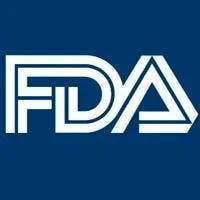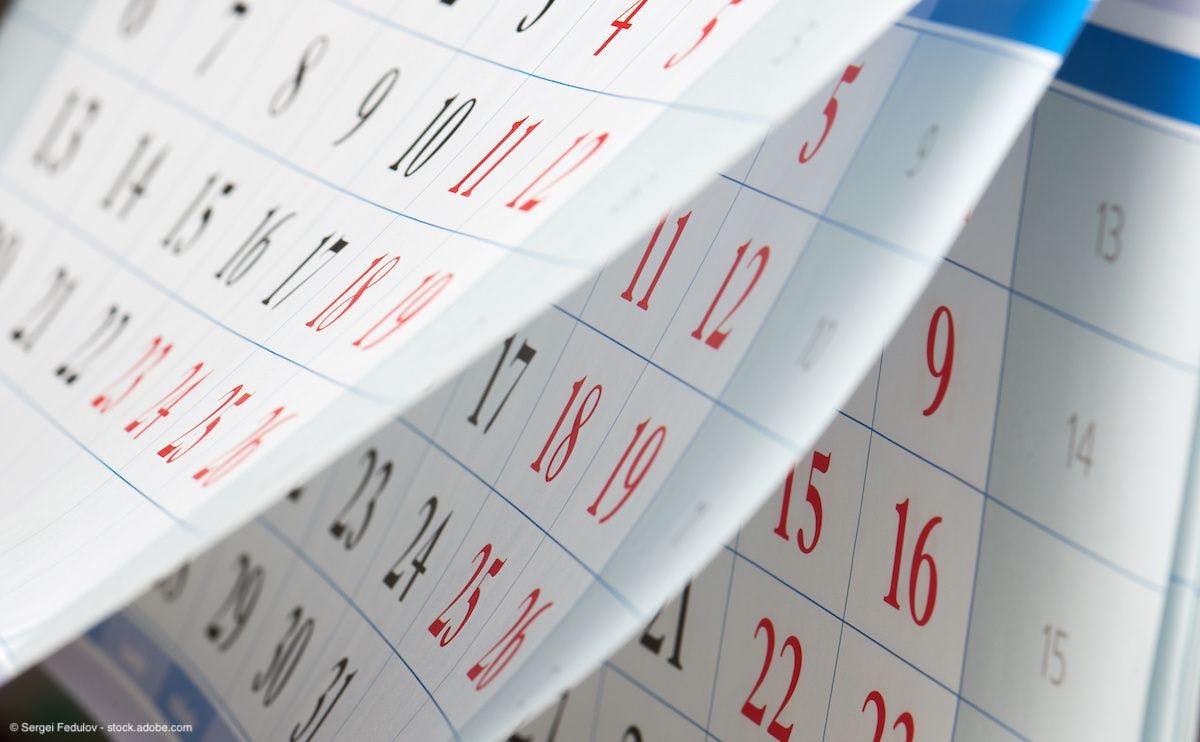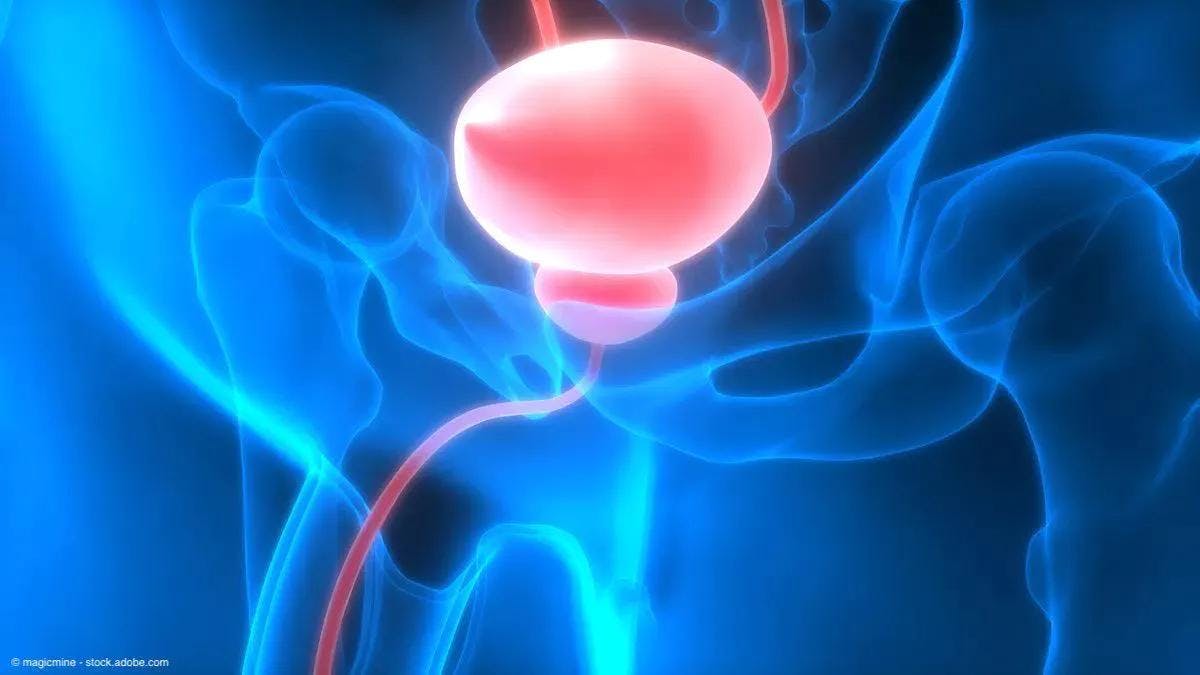News
Article
Urology Times Journal
CCH injections show advantages over surgery for Peyronie disease
Author(s):
At 3 months following treatment, 50% of men who received CCH injections reported being “very satisfied” overall, compared with 21% of patients in the surgery group.
Treatment with collagenase clostridium histolyticum (CCH, Xiaflex) injections for Peyronie disease resulted in less curvature improvement but greater penile length, higher patient satisfaction, and fewer adverse outcomes compared with surgery, according to data from a randomized controlled trial (NCT04786106) published in Journal of Urology.1
"Our findings provide new evidence to facilitate discussion and decision-making about treatment options for men with [Peyronie disease]," says Landon Trost, MD.

"Our findings provide new evidence to facilitate discussion and decision-making about treatment options for men with [Peyronie disease]," said senior author Landon Trost, MD, in a news release on the findings.2 Trost is the founder of the Male Fertility and Peyronie's Clinic in Orem, Utah.
The study enrolled a total of 40 men who were randomly assigned to receive CCH injections or surgery. Patients in both groups received treatment with a traction device (RestoreX) and oral sildenafil citrate (Viagra) following their initial treatment assignment. Both groups were similar regarding all demographic and clinicopathological variables. In total, 38 men completed treatment (19 from each cohort) and had available 3-month data for analysis.
At 3 months following treatment, 50% of men who received CCH injections reported being “very satisfied” overall, compared with 21% of patients in the surgery group (P = .08). Further, 100% of men in the CCH group reported a subjective improvement or no change in erectile function, compared with 68% of men in the surgery group (P = .03). However, patients in both groups had similar scores on the International Index of Erectile Function-Erectile Function Domain changes (+1.5 CCH vs +2.5 surgery; P = .91).
More patients in the CCH group reported a subjective improvement or no change in penile length compared with those in the surgery group (88% vs 16%; P < .0001). This was confirmed with objective data, with men in the surgery group experiencing a median 0.5-cm decrease in penile length, compared with a 1.0-cm increase among patients in the CCH injection group (P < .01).
However, a higher percentage of patients in the surgery cohort were found to have an improvement in penile curvature (84% vs 54%; P < .01). Those in the surgery group had a median 65-degree change in curvature, compared with a median 32.5-degree change among those in the CCH group (P = .02).
Regarding penile sensation, 75% of patients who received CCH injections reported no change in sensation, compared with only 11% among patients who underwent surgery (P < .001).
Men who underwent surgery were also more likely to experience adverse events (AEs) following treatment, with 50 AEs reported among patients who underwent surgery compared with 13 among patients who received CCH injections (P < .001). At least 1 AE was experienced by 89.5% of patients in the surgery arm, compared with 50% in the CCH injection arm.
In total, 62.5% of men who underwent treatment with CCH injections indicated that they would redo treatment without reservation, compared with 47.4% of patients who underwent surgical treatment (P = .56).
Trost concluded in the news release, "Rather than showing an advantage of one approach over the other, we hope our study will provide useful new data to inform discussions and decision-making, aimed at choosing the most appropriate treatment for each individual patient."2
References
1. Green B, Flores A, Warner J, Köhler T, Helo S, Trost L. Comparison of collagenase clostridium histolyticum to surgery for the management of Peyronie’s disease: A randomized trial. J Urol. Published online October 9, 2023. Accessed October 10, 2023. doi:10.1097/JU.0000000000003634
2. Nonsurgical treatment shows advantages in Peyronie’s disease. News release. Wolters Kluwer Health: Lippincott. October 9, 2023. Accessed October 10, 2023. https://www.newswise.com/articles/nonsurgical-treatment-shows-advantages-in-peyronie-s-disease

Newsletter
Stay current with the latest urology news and practice-changing insights — sign up now for the essential updates every urologist needs.


























